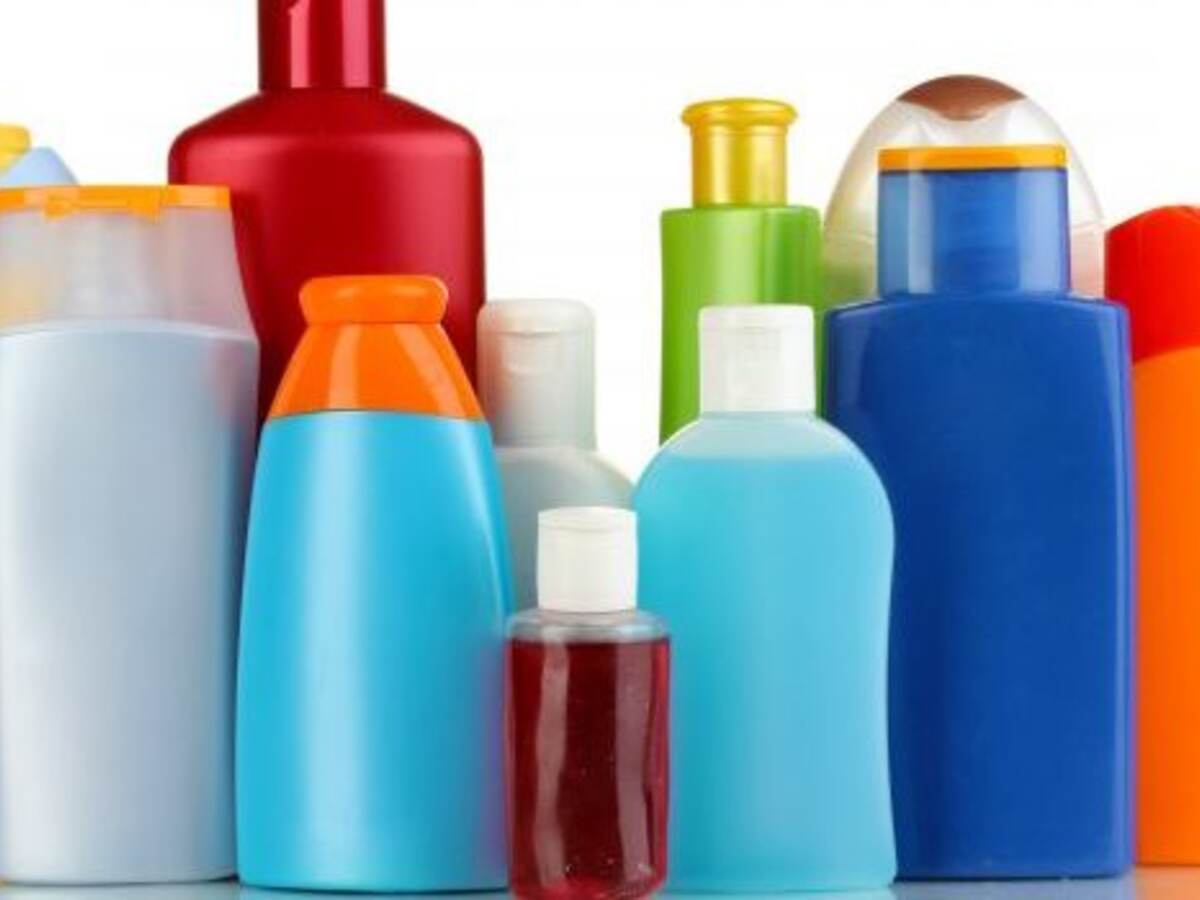September 6, 2016
Today’s consumers are paying more attention than ever to the health and environmental impacts of the products they choose. In fact, 87 percent of consumers consider a company’s social and environmental commitment before making purchasing decisions. Not only that, but nine out of ten consumers want companies to go beyond the minimum standards required by law to operate responsibly and address social and environmental issues.
Recognizing this shift in consumer expectations and the overall desire for social responsibility across its supply chain, Target® introduced the Target Sustainable Product Index in 2013 to help establish a definition and process for qualifying sustainable products.
Using a 115-point scale (135 for household cleaning products), the Target Sustainable Product Index scores products based on their ingredients, transparency, minimal environmental impact, certification and other key issues within product categories. With this rating system, Target introduced Made to Matter® – a collection of sustainable products promoted to shoppers through print and point-of-sale materials in their physical stores, and a dedicated landing page for online shoppers.
At the heart of the Target Sustainable Product Index is the UL PurView® Platform. The Platform provides retailers, such as Target, with a comprehensive, customizable system that enables data collection from their suppliers. Retailers use this data to determine product sustainability and provide shoppers with information on healthier and greener products during their purchasing decisions.
Target is one of several retailers using the PurView Platform to identify product choices that appeal to the growing number of conscious consumers. And while Target uses the platform to collect information from its vendors and evaluate products against its own criteria, other retailers use it in combination with UL Environment’s GoodGuide® Platform ratings criteria.
As a consumer resource, the GoodGuide Platform collects and analyzes publicly available data on products, their ingredients and the companies behind them, and presents that information via a ratings system. Through the GoodGuide website or mobile app, consumers can review a product’s ranking while they are in the store or shopping online.
Ultimately, transparency is critical to business success in today’s consumer-centric environment for retailers and manufacturers alike, and organizations like Target are creating processes and tools that help consumers identify and purchase better products. After all, the average supermarket carries anywhere from 15,000-60,000 SKUs, and with so many options available, more and more consumers are expected to turn to products that align best with their health, social and environmental values.

